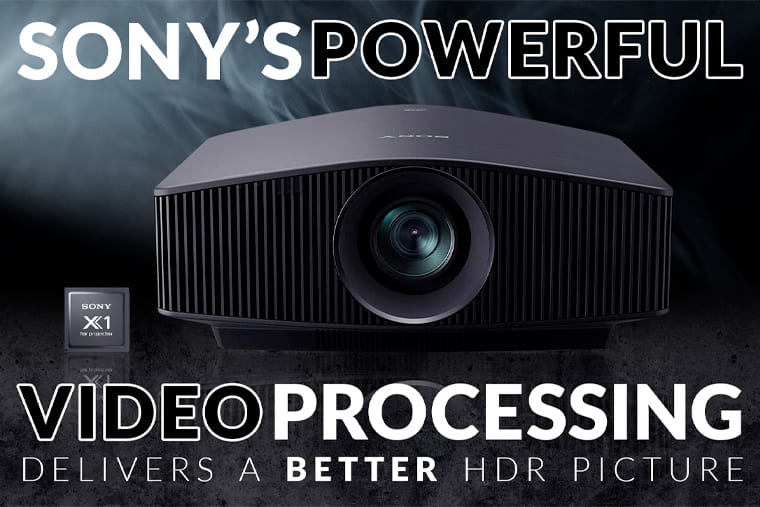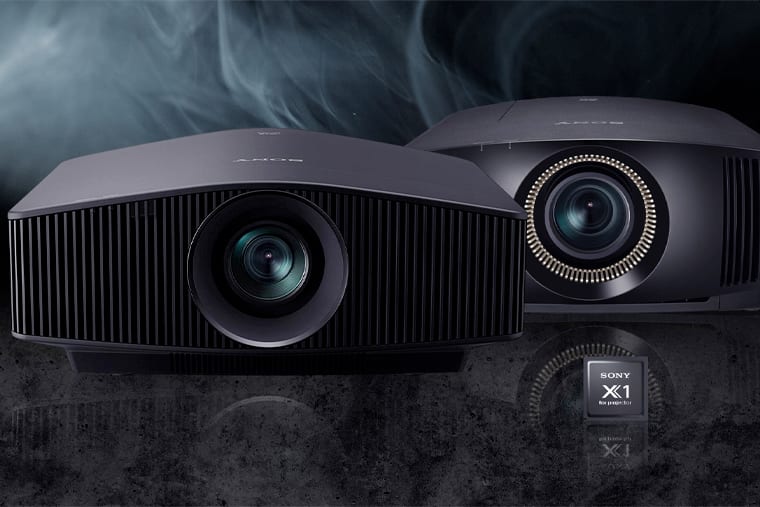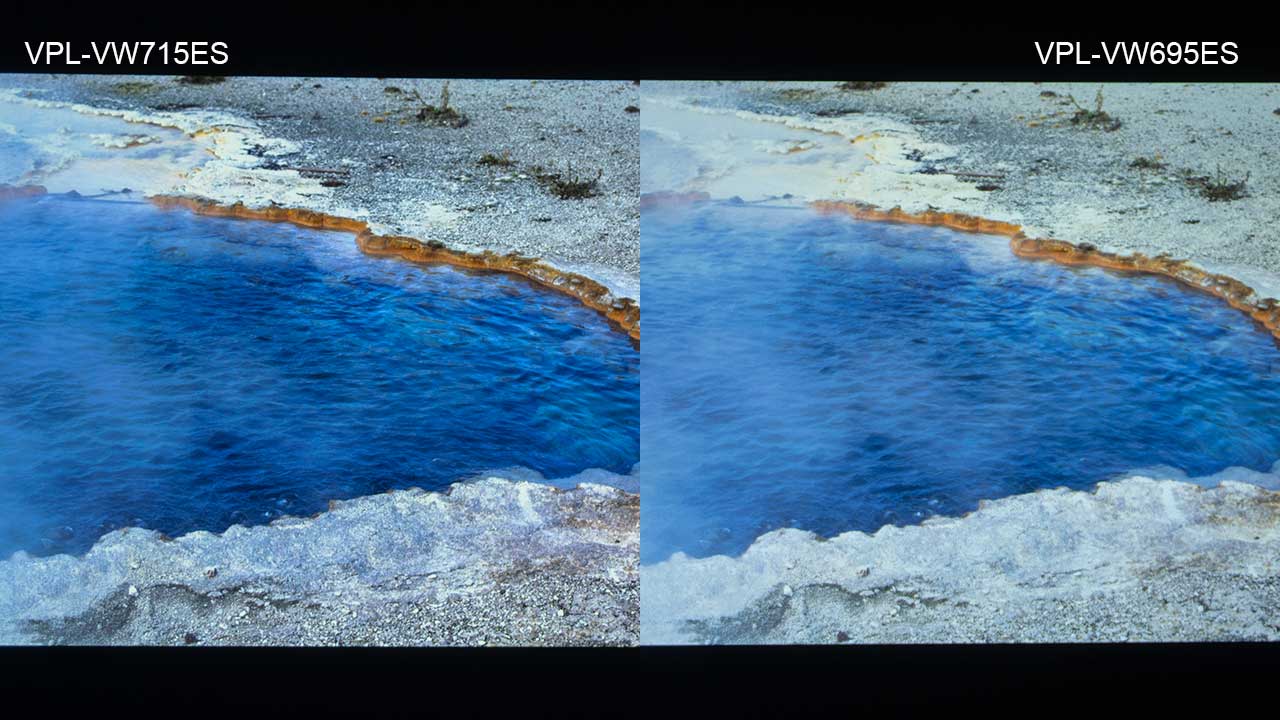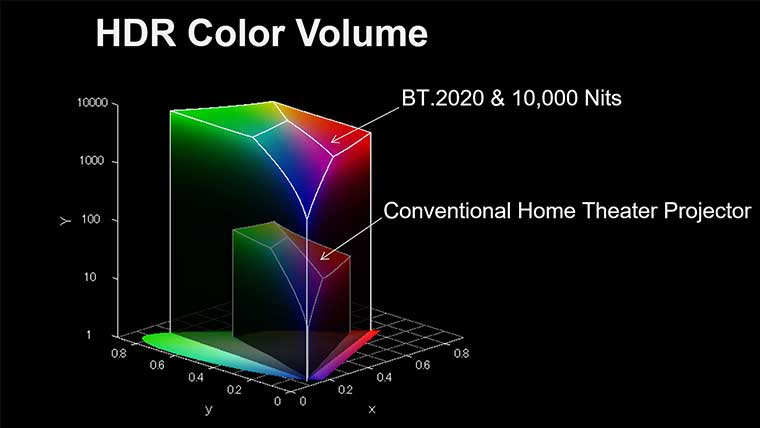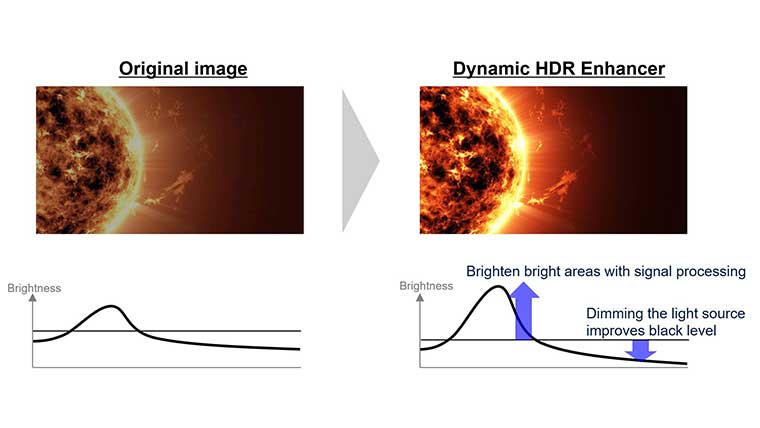The topic of this month’s sponsored article is video processing and its impact on a projector’s SDR and HDR picture quality. Video processing separates one video display from another because it impacts so many factors like 4K upscaling, visual contrast, color reproduction, and motion performance. Processing is the reason why two OLED TVs which utilize the same panel can look completely different.
No matter what content you’re watching – HDR movies, HDTV broadcast, web videos, it’s the video display processor that analyzes, cleans, and refines the image.
It takes more than specs and fancy parts to guarantee exceptional picture quality. The quality of the 4K panel, DCI-P3 color filters, dynamic iris, or laser source are less important than how they are used. Many projectors/TVs with “better” specs are outperformed by a less-equipped display with a better brain.
Sony has always stressed that superior processing separates its 4K video displays from the competition. While the processing in Sony flat panels has continued to evolve, it has been a while since they updated their home theater projectors' brains.
HDR content is the current hot topic in home theater entertainment. However, it is exceptionally challenging to reproduce HDR content on a projector. HDR content contains information that far exceeds a standard home theater projector's capabilities, so a huge leap in video processing horsepower is required.
In 2016, Sony introduced the flagship Z9D flat panel TV with a powerful new processor called the X1. This year, two Sony projector models, the VW915ES and the VW715ES feature a version of that X1 processor optimized for projectors. Thanks to the power of that X1 processor, these projectors feature Sony’s exclusive Reality Creation technology that analyzes HD, 4K, and HDR content frame by frame to enhance detail, colors, and detail. The X1 processor ensures that Full HD is upscaled close to 4K quality.

